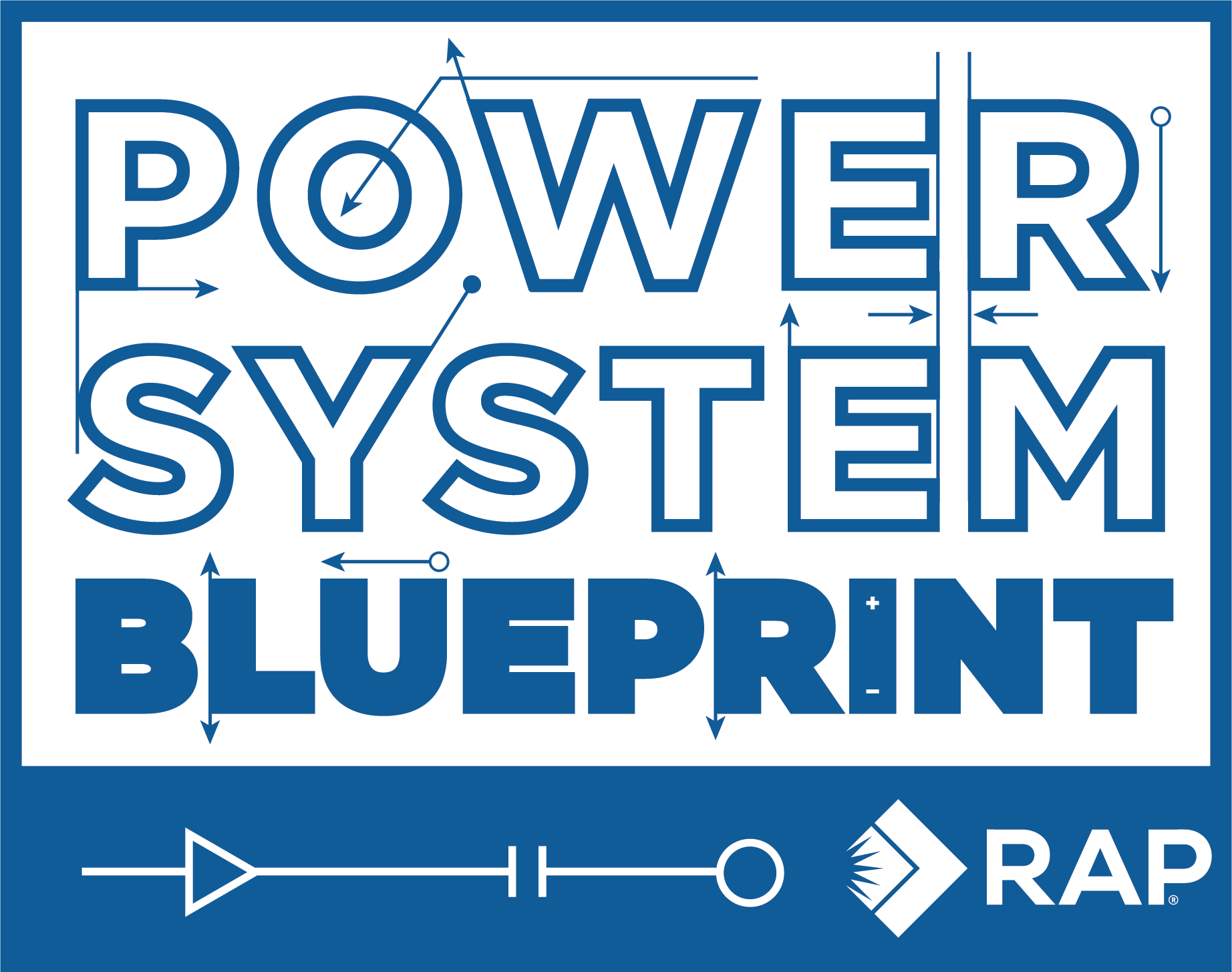SUMMARY
The EU and its Member States have a duty to define roles and responsibilities of different actors in the electricity sector. This is to support the properly functioning market and investments underpinning a least-cost and speedy energy transition, subject to economic reliability standardsreliability standards A measure of security of supply most often expressed in terms of LOLE, set where marginal cost of additional capacity equals the benefit it provides..
Absent any proper consideration of conflicts of interest, synergies, risk allocation and time inconsistencies, there is a risk that defined roles and responsibilities will not deliver their intended outcomes. The solution is, therefore, for the EU and Member States to factor in these considerations in the smart distribution of roles and responsibilities amongst supranational entities — such as the Agency for the Cooperation of Energy Regulators (ACER), Ministries of Energy, energy regulators and transmission system operators (TSOs) — in legislation and regulation. This may allow for further roles and responsibilities to be assigned, for instance, by regulators through licence conditions for suppliers or the development of ACER-approved codes.
WHAT
Roles and responsibilities that factor in conflicts of interest, synergies, risks, time inconsistencies
HOW
Establish independent system operators and independent regulation; unbundle operation from networks/generation; enhance roles for ACER and RCCs; clearly define goals and roles through legislation and regulation
WHO
European Directives and Regulations, ACER and national regulatory authorities
WHEN
By 2025
Conflicts of interest, synergies, risk allocation and time inconsistencies should be key considerations in the development of efficient roles and responsibilities that are effective in promoting the public interest.
A key concern here is networks. In Europe, the Third Energy Package recognised that vertical integration of network and supply businesses brings about conflicts of interest, resulting in distorted investment incentives and heightened risk of discriminatory third-party access for competitors. Unaddressed, this can impede integration, cross-border trade and realisation of associated cost reductions. Thus, the Third Energy Package provided for unbundling options to address conflicts. Proper implementation of these provisions is important.
Another area of growing interest is the role of system operators (SOs) in facilitating the energy transition and accompanying electrification. There are strong synergies between system operation and the development of plans to drive the energy transition that point to a strong role for SOs. Many SOs, however, are bundled with transmission owners and thus subject to a conflict of interest to favour grid and/or build solutions over smarter ones. This has recently prompted the British regulator Ofgem (Office of Gas and Electricity Markets) to recommend reforms to provide for system operator independence, an approach recommended in the Independent System Operators factsheet. The role of ISOs in overcoming international conflicts of interest in development of generation projects that share international jurisdictions is also explored in the Coordinated Offshore Build factsheet.
Time inconsistency problems, which can present a barrier to necessary investment, stem from the significant up-front cost of many energy investments, their long-lived nature and the potential short-term priorities of political decision-makers. An example of time inconsistency in action is where the government’s executive branch reneges on promises not to impose tight price caps, after large investments are sunk, for short-term political gain. Investors may recognise the scope for such political expedience at the outset and the accompanying risk to the long-term viability of the enterprise. This can impede investment in the first place (or enhance its cost) and thereby obstruct system reliability at least cost. This is one key argument for the arrangements we see placing market regulation and competition enforcement in the purview of well-resourced and independent regulators and competition authorities and out of the remit of energy ministries, which are more prone to short-term political expedience.
This provides clarity to the market of properly set limits at which the government (the political realm) can interfere, and the processes independent regulators may employ provide greater certainty to the market. This can help lower the cost of capital through perceptions of reduced regulatory or country risk — important given the need for massive investment to deliver the energy transition and the cost of securing supplies.
A potential incentive on System Operators to overestimate demand may be heightened when bundled with the TO, which earns a return on grid build.
Source: Office of Gas and Electricity Markets. (2018). State of the energy market.
Synergies may point towards enhanced roles for supranational entities. Synergies provide a motivation for energy and climate as common policies under the aegis of the European Union rather than at the Member State level. They motivate the transfer of greater national regulatory authorities (NRAs) responsibilities to ACER — to realise cross-border efficiencies and savings associated with greater coordination and harmonisation — and further development of regional coordination centres (RCCs) formed by TSOs to enhance system operation. The goal is that these RCCs may eventually act as independent system operators for regions.
The challenge in forming the governance arrangements and broad incentives for constituent parties of RCCs is to motivate these risk averse actors to find efficiencies subject to their reliability requirements, potentially by extending representation in governance structures beyond constituent TSOs. Additionally, the challenge of driving the energy transition at speed may merit strengthening the role and powers of NRAs (relative to ministries), noting efficiencies (synergies) they may enjoy owing to, for instance, network data access. It is important this process does not decrease role clarity.
Risk allocation is another important consideration. Risk typically cannot be eliminated but may be efficiently allocated to the parties best able to manage it, which are often market actors with access to techniques and market transactions to manage risk most efficiently. For example, in designing the market, the regulator or ministry may most efficiently place the risk of failing to procure enough energy to cover winter demand on retailers who can contract ahead for such energy for their customers.
Key Recommendations
Provide clear and extensive rules in legislation of all Member States to ensure NRA independence from politics and from industry. An assessment against the EU Third Package finds some EU Member States may not always be fully compliant with these directives.
Ensure NRA independence with respect to day-to-day operational decisions from government and industry — the importance of which was recently noted in the case of the German NRA, which was found to be insufficiently independent.
Unbundle ownership of the TSO from generation (the most exacting form of unbundlingunbundling Breaking down vertically integrated monopolies into separate legal entities (legal unbundling), or prohibiting ownership within the same corporate group (legal unbunbundling), to avoid conflicts of interest. For example, under the Electricity Directive, for power generation and retail supply are legally unbundled from distribution and ownership unbundled from transmission, subject to limited exceptions. in the Third Package)
Enhance roles and resources for supranational bodies, notably ACER and RCCs, to help realise cross-border efficiencies. Ensuring role clarity will be important in this change process.
Audit the effectiveness of existing roles and responsibilities in supporting speedy decarbonisation — such as the OECD drawing on similar work it has conducted — to guide further reform
Ensure that the regulator has the power to obtain all information of networks and system operators necessary to regulate them efficiently and to empower consumers.
References and Further Reading
- Armstrong, J. A., & Hamrin, J. (2000). The renewable energy policy manual. S. Export Council for Renewable Energy.
- Castagneto Gissey, G., Guo, B., Newbery, D., Lipman, G., Montoya, L., Dodds, P., Grubb, M., & Ekins, P. (2019). The value of international electricity trading. Ofgem (Office of Gas and Electricity Markets).
- Council of European Energy Regulators. (2019). Implementation of TSO and DSO unbundling provisions: Update and clean energy package outlook. CEER Status Review.
- Dauphine Foundation. (2021). Regulatory approaches and tools to meet the decarbonisation challenge. Report of conference organised with OECD Network of Economic Regulators.
- European Commission. (2009). Third energy package.
- European Commission. (2019). Clean Energy for All Europeans
- European Commission. (2019). Regulation (EU) 2019/943 of the European Parliament and of the Council of 5 June 2019 on the internal market for electricity.
- Grundy, A. (2021). Brearley doubles down on Ofgem independent system operator call, cites ‘billion pound’ benefits. Current+
- Florence School of Regulation. (2020). Unbundling in the European electricity and gas sectors.
- McNally, P., Vries, F., Van Nuffel, L., Domínguez Gaitán, M., Rademaekers, K., Keeling, W., Winter, H., Yearwood, J., Ypma, P., Roggenkamp, M., & Mauger, R. (2019). Assessing the independence and effectiveness of national regulatory authorities in the field of energy. European Commission.
- Newbery, D., Pollit, M., Ritz, R., & Strielkowski, W. (2017). Market design for a high-renewables European electricity system. University of Cambridge Energy Policy Research Group.
- Office of Gas and Electricity Markets. (2018). State of the energy market.
- Organisation for Economic Co-operation and Development. (2020). Shaping the future of regulators: The impact of emerging technologies on economic regulators.
- Published:
- Last modified: August 13, 2024

 Quick guide on how to use this website:
Quick guide on how to use this website: